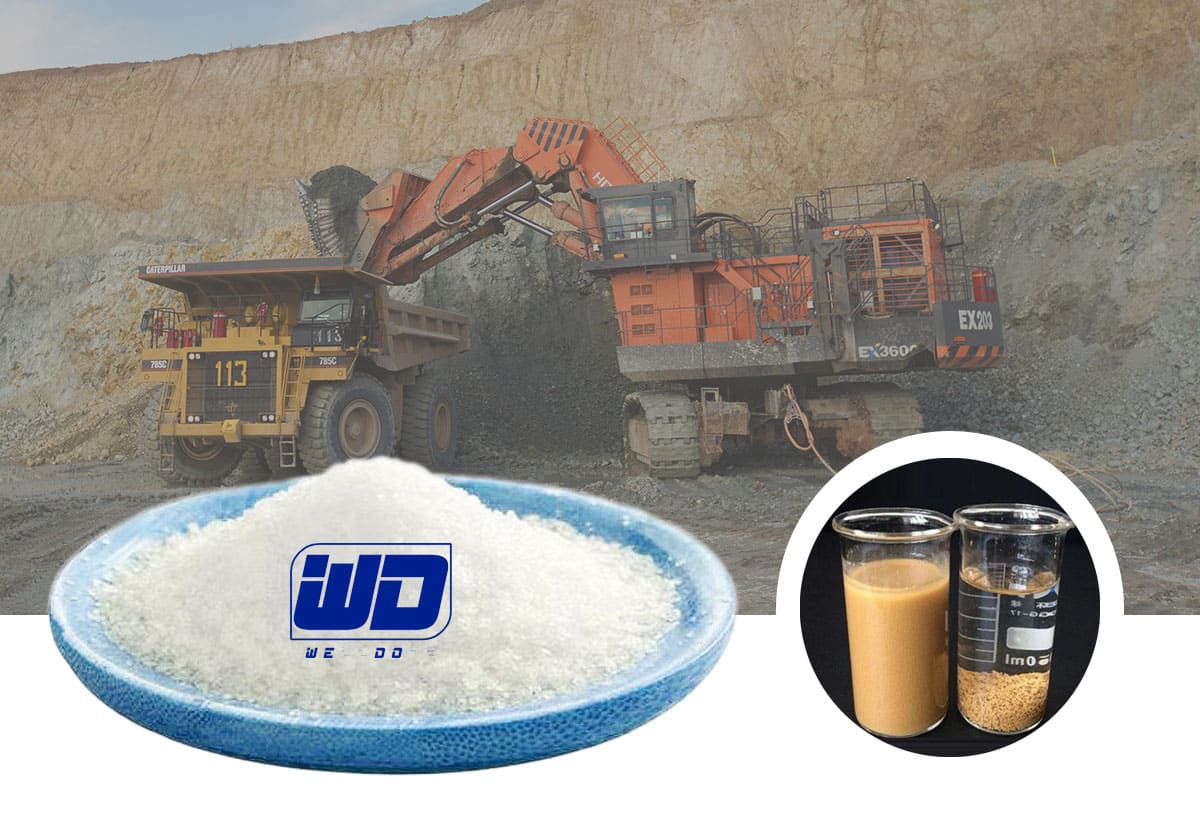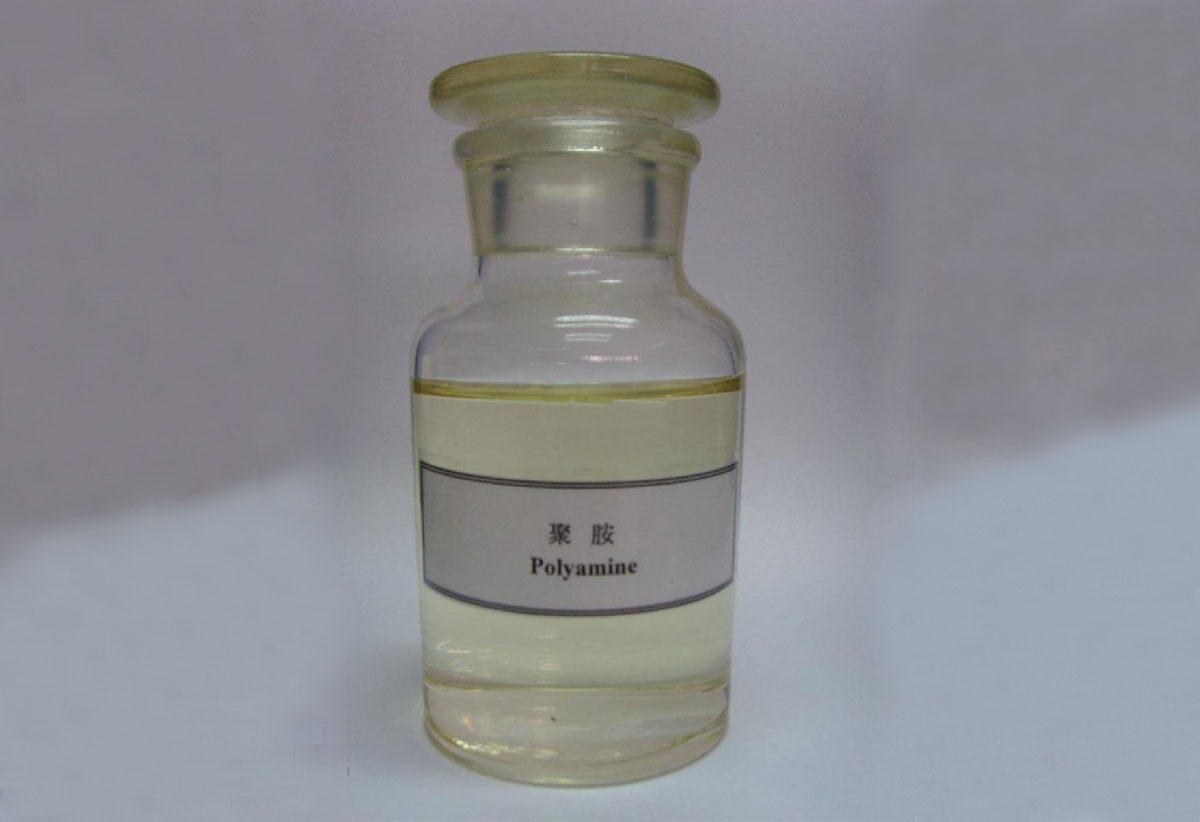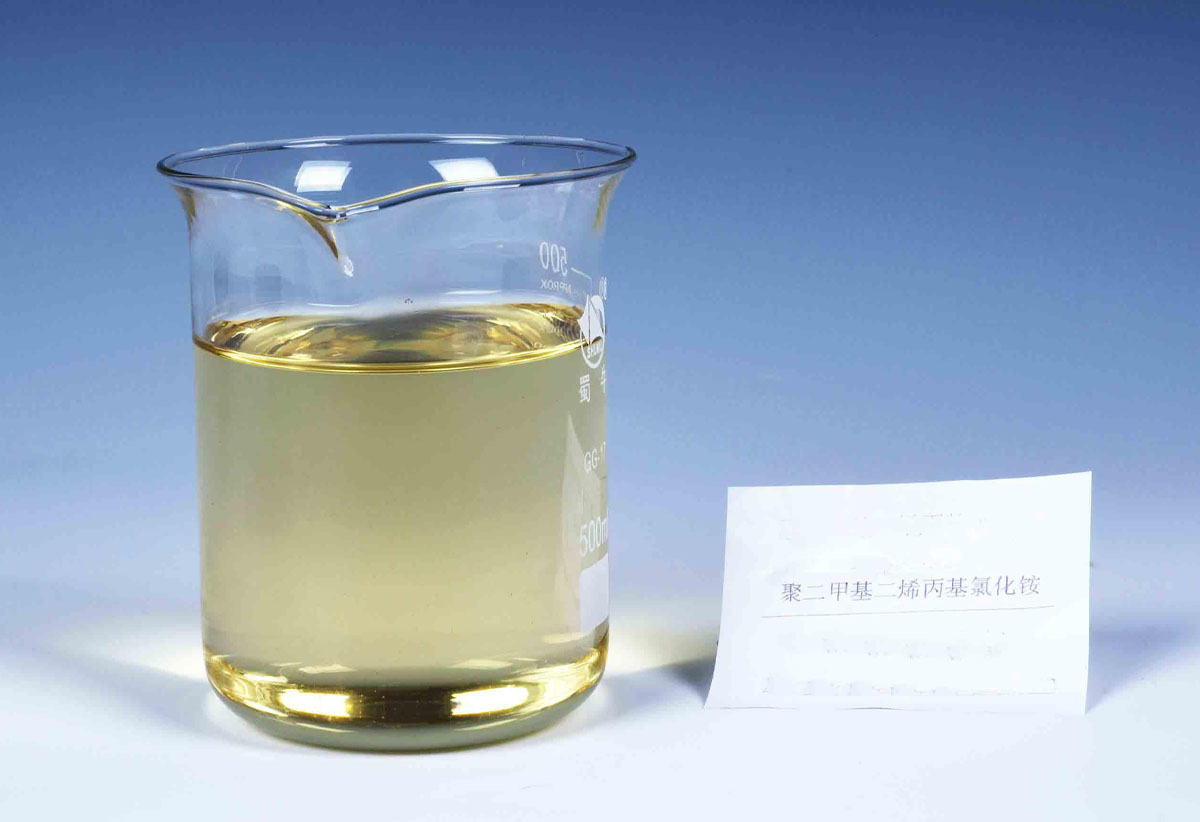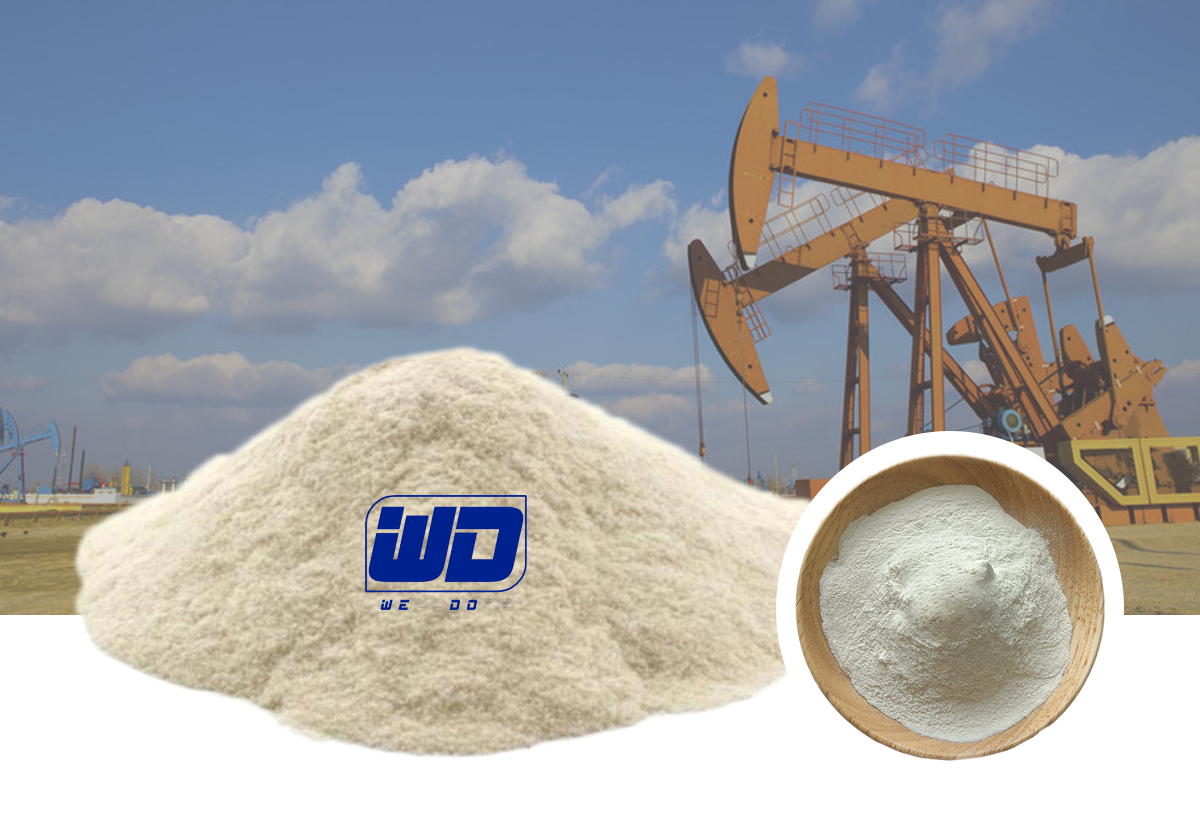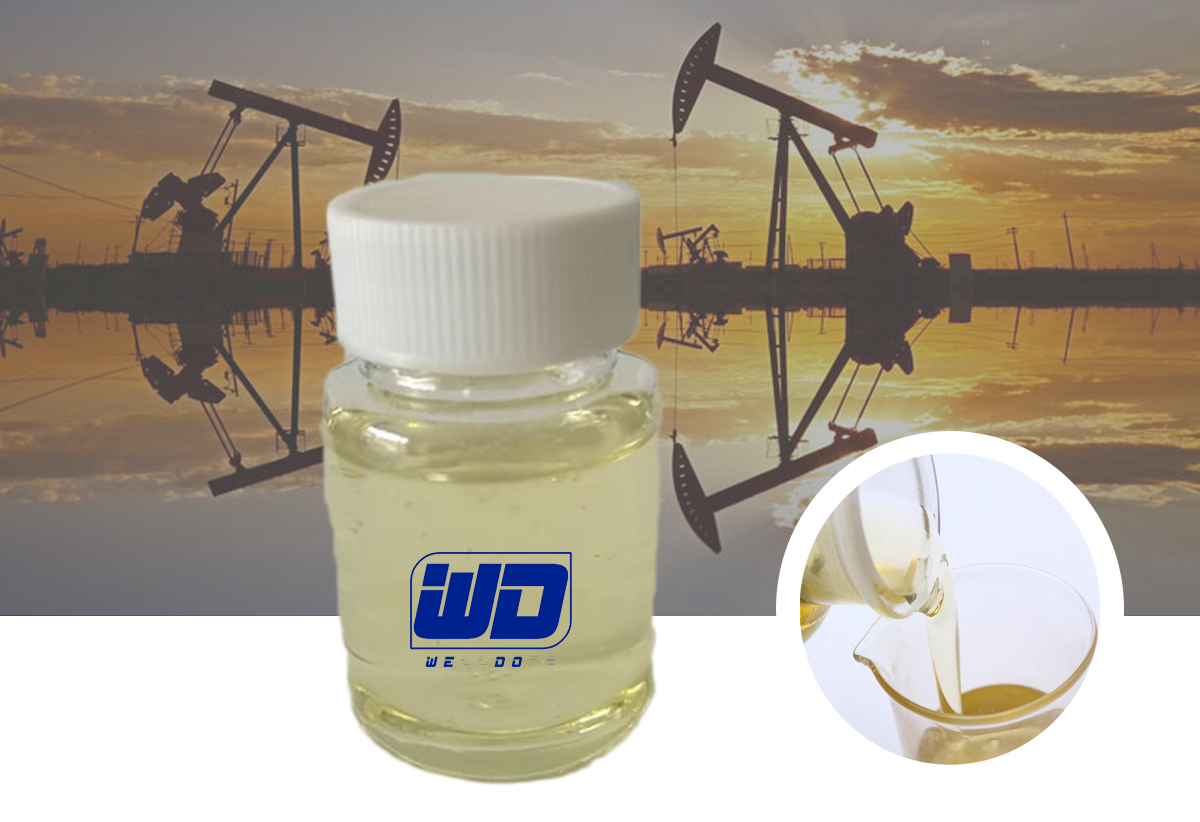Both anionic polyacrylamide (APAM) and cationic polyacrylamide (CPAM) used in coal mines have their applicable situations and advantages.
Anionic polyacrylamide (APAM) is mainly used in coal mines to treat wastewater containing more organic matter. This is because APAM has good adsorption and dispersion properties and can effectively adsorb and disperse organic matter in wastewater, thereby achieving the purpose of purifying sewage. In addition, APAM also has good settling performance and filtration performance, which can quickly settle and filter suspended solids and turbid substances in sewage.
Cationic polyacrylamide (CPAM) is suitable for treating coal mine wastewater containing more sulfate ions. This is because CPAM has a strong affinity for sulfate ions and can effectively remove sulfate ions and heavy metal ions in sewage. At the same time, CPAM also has good sedimentation performance and filtration performance, which can quickly sediment and filter suspended solids and turbid substances in sewage.
Therefore, when choosing polyacrylamide to treat coal mine sewage, it is necessary to select a suitable cationic or anionic polyacrylamide based on the specific conditions and treatment requirements of the sewage.




